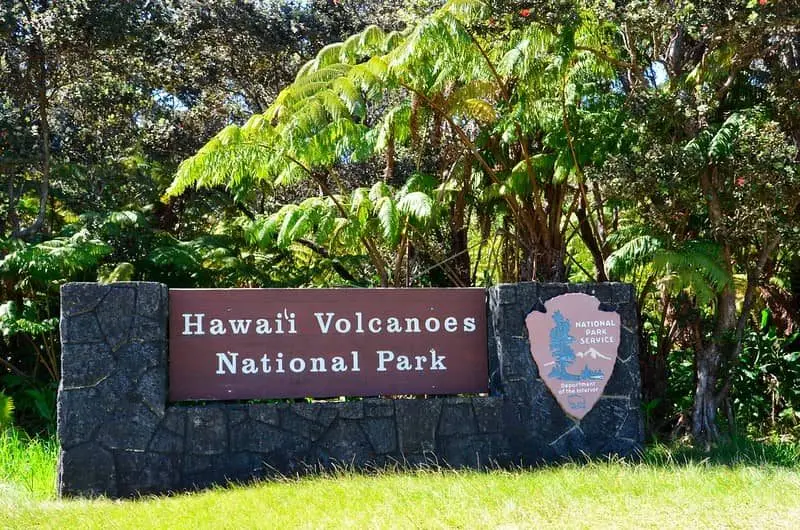(AP) – Strings of cages are submerged in the slightly salty waters at Ron Weidenbach’s North Shore fish farm, each home to 100 growing tilapia destined for Oʻahu restaurants and tanks in Chinatown fish stores.
On a recent morning, students from Waipahu High School cleaned tanks and dropped juvenile fish into the farm’s large pond as the 77-year-old talked to them about the power of aquaculture to help feed Hawaiʻi.
But while Weidenbach runs his fish farm legally on land he leases from the state, inviting a bunch of students required special permission.
The Hawaiʻi Department of Agriculture plans to overhaul its rules this summer to allow more than just agricultural production on 25,000 acres under a new agricultural enterprise lands program. Education is among the permitted activities under consideration, along with tourism, food hubs, farmers markets, livestock feed mills and slaughterhouses. The public will have the opportunity to weigh in during public hearings starting early next month.
Weidenbach, who owns Hawaiʻi Fish Co., is among those expressing cautious optimism, hoping that people won’t take advantage of the expansion. Their concerns are heightened by past rural land conflicts over building zipline towers in the name of agriculture or holding drag racing events, which happened last year on land owned by the state-owned Agribusiness Development Corp.
In the words of the documentation the agriculture department has put together, the key is defining who is a “bonafide operator.”
“How do you put it into words so farmers – legitimate farmers – can do those accessory activities,” Weidenbach said, “but someone that’s not a legitimate farmer can’t slip through and ruin it for everyone?”
Rules From A Different Time
The agriculture department has for decades owned and leased its land under various programs. Rules related to use of those lands have failed to keep up with industry shifts following the exit of sugarcane and pineapple plantations.
Hawaiʻi farming is now dominated by smaller, multi-crop operations, with an average footprint of 149 acres, that often do not just produce food, but process and sell it.
The department lobbied the Legislature to create a new program in 2022 that would allow for a broader range of activities. It had by then taken over the Kamuela Vacuum Cooling Plant on the Big Island and a slaughter facility on Oʻahu, among others, which fell outside the department’s own lease program terms.
“Here we have people on public lands that we’re managing,” agriculture chair Sharon Hurd said. “And they’re doing exactly what they’re not authorized to do — through no fault of their own.”
The new program aims to resolve those issues while also addressing the “realization that agriculture is more than just production,” said Micah Munekata, the Ulupono Initiative’s director of government affairs. The diversified model it outlines is reminiscent of what is actually a dying agricultural model on the mainland.
“It’s almost like going back to the old American family farm,” Weidenbach said. “Timber on the back 40, a pond for the cattle, gardens nearby for household use and your wheat or your corn for your staple crop.”
In Hawaiʻi, the cattle, trees and staple crops might be replaced by different things but the idea of diverse income sources remains, creating more financial security for farmers.
“The term I have seen used is ‘layering of income’,” Sen. Tim Richards, a rancher, said. “For instance, if you’re raising cattle underneath wind turbines, you’re actually producing two different income streams on the same piece of land.”
The Hawaiʻi Board of Agriculture must approve the changes. At a meeting late last month its members discussed concerns that tenants may try to take things too far outside the realm of agriculture, such as creating agricultural tourism activities like zip-lines or drag racing.
Such activities would be “the bridge too far” and “totally rogue,” Hurd said. But, she added, the public’s input will help the department figure out where other areas of potential risk might be so its rules are as watertight as possible.
“I don’t know where the line is,” Hurd said. “I think nobody does.”
‘Bona Fide Operator’
Defining just what agriculture is and what farmers do is going to inevitably be part of any broader discussions over agricultural land use, according to Richards, who sits on the Senate agriculture committee.
“How much agriculture is agriculture? That’s something that we as a Legislature have to take up so we can come up with a definition so that when it comes to regulation, we can give a good answer,” he said.
It’s a term the counties have sought to define, especially in light of years of failed efforts to rid the islands of “gentlemen farms,” where landowners argue an animal or a handful of fruit trees is enough proof they are farming.
“A 3,000-square-foot house with a swimming pool and two avocado trees isn’t a farm, even though it’s on ag land,” Weidenbach said.
Honolulu County sought to define agriculture with the passing of Bill 64, which defined agricultural land use as active production of crops or livestock on 51% of a parcel’s farmable land.
While just over half of land might appear small, practical realities, such as land conditions — bad soil, cliffs, rocky terrain — can make more production difficult, said Ulupono’s Munekata, who used to work with the state agriculture department.
“Ag land is meant for ag production; you need to be producing agriculture in order to be on some of these things,” Munekata said. “We view it as a privilege.”
Maui is also considering allowing additional uses of agriculture-zoned lands, including selling produce from food trucks and agricultural tourism.
Those new rules passed out of council last week, widely supported by farmers and ranchers.
At the state level, the draft rules for leases that are coming up for consideration next month say the new activities must be secondary to agricultural production — but the rules do not spell out the minimum level of that production. The state Board of Agriculture must sign off on tenants’ business plans.
Ensuring the business plan’s legitimacy is the most important factor in the new program’s execution, Weidenbach said.
The program “definitely has the potential to be helpful to farms,” he said. “It just needs to be regulated to actually support farmers rather than be abused. You don’t want that classic gentleman farmer attitude.”
Story originally published by Honolulu Civil Beat and distributed through a partnership with The Associated Press.





